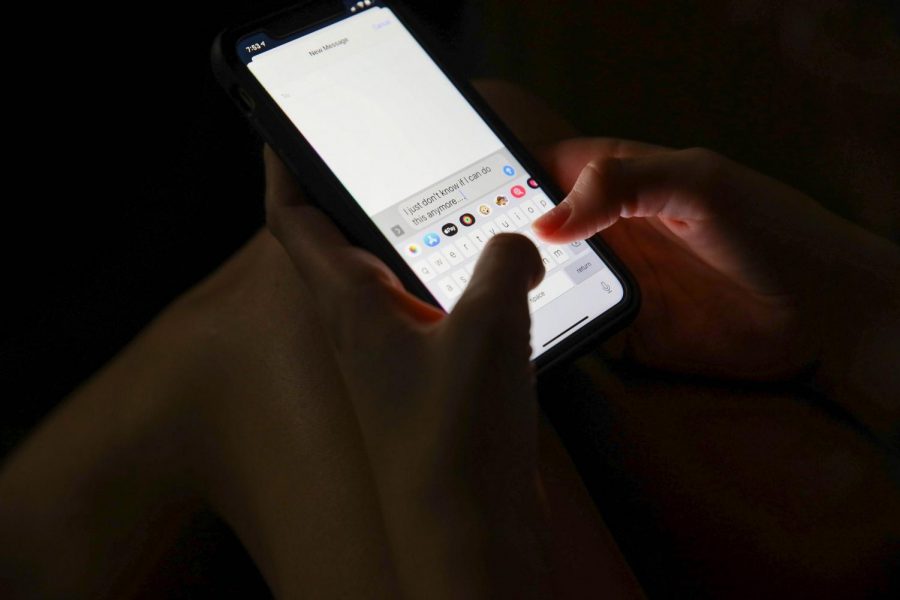Moran: Utah Schools Can Play A Role In Suicide Prevention
February 7, 2020
In 2018, Utah was ranked fifth in the nation for the top suicide rates among children ages 10-17. Suicide is a difficult topic to discuss. Few people want to admit that it happens, especially when it involves our youth. However, suicide and mental illnesses must be openly discussed to lower the suicide rates of children and teens.
Children and young adults attempt suicide for a vast number of reasons, reasons that can differ from those of past generations. Parents, educators and school boards need to understand the signs of suicidal ideation in children in order to prevent any irreversible actions. Students spend the majority of their days at school, and so school systems have a responsibility to keep them safe. The school system needs to reevaluate some of its funding and reallocate it to focus on mental health education. Teachers should be trained to see the signs or red flags within their classroom, and schools should provide students with the support they need.
Mental health is often impacted by the social media age, which could be one of many reasons why youth feel compelled to hurt themselves. Past generations never had to worry about social media, and these advances in technology contribute to the stress youth feel today. There was never such constant pressure to be the skinniest, richest or prettiest person alive before the introduction of social media.

Social media has made bullying faster and more difficult to detect, often causing the cyber-bullied to feel like there is nothing they can do. Other media often captures our attention on issues like bullying, yet we quickly forget about it after the initial spike. “Bully,” a 2011 documentary, discussed children who were bullied to the point of contemplating suicide and following through. It an impact for a while, until it was slowly forgotten. “13 Reasons Why” discussed similar themes, and suicide prevention gained more awareness after the release of the series. Despite the controversy of the series, it is important to think about tough subjects like the connection between bullying and youth suicide.
Outside of social media and bullying, there are the normal pressures of youth, like school, work and extracurriculars. Youth may also feel overwhelmed by religious expectations, especially in Utah. This is not to say everyone feels this way, but it can be emotionally draining as young people learn to live up to certain standards. In 2015, the Utah Department of Health reported that about 25% of students felt sad or hopeless about various life situations they were in. Roughly 17% of students had seriously considered or attempted suicide.
While schools cannot always prevent social media use, bullying, or conflict at home and church, they should certainly help students through it. Far too many schools lack the funding or facilities to keep their students feeling safe. Multiple factors contribute to the funding of Utah schools, including the city the school is located within, the number of students and whether the school is private or public. Taxpayer funding is distributed based upon these factors, but a child cannot control this background should not lose access to help because of it.
Moving forward, schools should be empowered to take every precaution possible to ensure student safety. Currently, too many school counselors are stretched thin, and issues of mental illness are overwhelmed by a focus on physical health. It is understandable that some warning signs may not be visible to schools. Schools and parents should work together to ensure they understand the signs of a child asking for help. Providing knowledge and resources to youth is a step in the right direction, and it is up to the parents and schools to keep their students safe.











